We are excited to be rolling out a new website today with updates to our messaging as well as a new visual system. The visual system communicates the vision and focus we share with our clients every day: how to build greater marketing and sales agility to respond to a rapidly changing technology, media and competitive environment.
In this post, I thought I would outline the framework broadly including, at a high level, the strategic capabilities that we think all businesses need to build in order to achieve this vision, compete with agility and drive sustainable revenue performance.
An Agile Marketing Platform
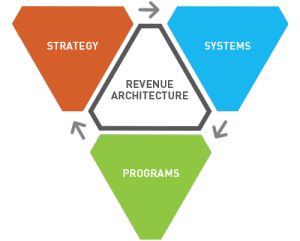 A Revenue Architecture is an agile platform for revenue performance. It continuously and dynamically adapts three layers – strategy, systems and programs – for marketing and sales effectiveness.
A Revenue Architecture is an agile platform for revenue performance. It continuously and dynamically adapts three layers – strategy, systems and programs – for marketing and sales effectiveness.
The three layers need to work together and continuously evolve in order for a company to stay agile and competitive. By creating and enhancing these capabilities companies can build sustainable advantage. While the details of each component will vary widely across each industry sector and business, the underlying framework is valid for all organizations.
We describe each layer below in a bit more detail. Check back with us to see more posts and content on Revenue Architecture and its underlying components.
Strategy Layer
The strategy layer defines the target market, differentiation and resource allocation that can drive the greatest shareholder value and business alignment.
- Customer experience and value – how the business drives best value for it’s customers
- Business value model – the business model for maximum profit return
- Revenue marketing mix – the allocation of marketing and sales resources to deliver the greatest return
- Execution program – the changed-enabled process for organizational adoption.
Systems Layer
The systems layer forms the revenue engine, or platform to execute marketing and sales effectively. This platform includes brand assets, technology, processes and organization.
- Brand system – how the business delivers a compelling experience
- Go-to-customer model – how the customer will interact with the brand and business
- Omnichannel-channel platforms – the tools the business uses to engage the market
- 360 degree customer data, intelligence and analytics – the insights a business develops about its customer behaviors
- Revenue process and organization – the value chain of activities that a business performs across marketing and sales.
Programs Layer
The programs layer executes the day-to-day engagement with the target market and customers, including both marketing campaigns and sales execution
- Integrated engagement – the way a campaign is designed to maximize audience engagement and conversion
- Multiple Media Content – the use of new media and storytelling to engage and excite the audience
- Channel distribution – the leverage of different media, channels and influencers to drive reach and visibility
- Conversion execution and analytics – the management of performance that helps engage iterative performance enhancement
We welcome feedback and conversation with you about how businesses are engaging a revenue architecture for sustainable advantage. Contact us here!

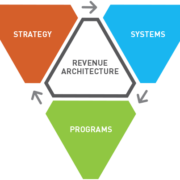
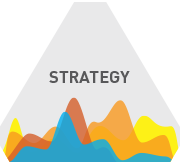
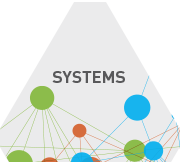
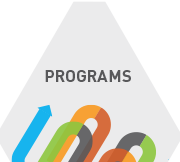


great post, thanks for taking the time to write it
A Revenue Architecture Delivers Agile Marketing – Revenue Architects
Keep up the good work.